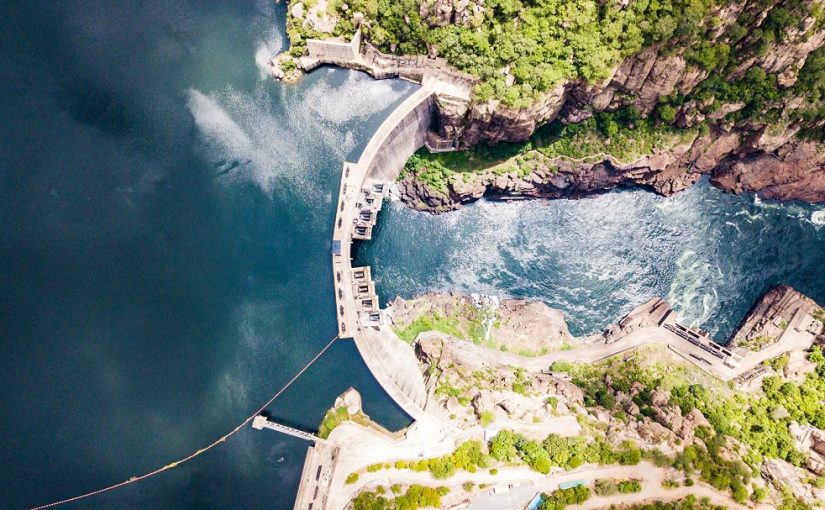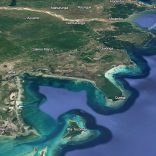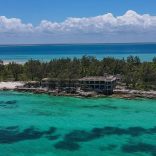Mozambique to accelerate investment in renewables, boosting power supply to Africa - President
Mozambique: Cahora Bassa profits up 56.7% in the first quarter

FILE - For illustration purposes only. [File photo: HCB]
Profits at the Cahora Bassa Hydroelectric Plant (HCB) in central Mozambique increased by 56.7% up to June, to 8.96 billion meticais [€127.3 million], according to figures the company presented on Thursday, but which warns of low storage levels.
The HCB report with the financial statements for the first half of 2024 adds that electricity sales in this period stood at 7,628.32 GWh [Gigawatt-hour], 6.2% above that recorded in the same period of 2023 and 3.5% more than planned for the semester.
“Given current levels of production and sales, annual sales are expected to reach 14,257.93 GWh,” 1.4% below the amount achieved in 2023 and 1.1% below the amount planned for this year, the report states.
Since the transfer to Mozambique agreed with Portugal in 2007, the Mozambican state holds 90% of HCB’s share capital, while Portuguese company Redes Energéticas Nacionais (REN) holds a 7.5% share and Eletricidade de Moçambique (EDM) holds 2.5%.
“As a result of this financial performance in the first half of the year, net profits are estimated to be in line with budget, at 13,851.68 million meticais (€196.8 million),” the report also reads.
As for water availability, on 30 June Cahora Bassa dam recorded a water level of 316.98 metres, corresponding to 59.17% of the reservoir’s useful storage.
“This storage level, significantly low for this period, is influenced by low inflows caused by the ‘El Niño’ phenomenon, which is characterised by below-normal rainfall levels,” the report concedes.
“In this context, in June of this year, HCB began implementing a cautious hydropower management plan for the Reservoir and related infrastructures in order to harmonize production needs with water availability and minimize the impact of the El Niño phenomenon on planned annual production,” it adds.
The company recalls that “HCB’s energy production is extremely important and essential for the energy stability of the country and the region,” and therefore “it will continue to monitor long-term weather forecasts, the evolution of the hydro-climatological situation in the Zambezi Basin and updates to the operating plans for the upstream dams” so that, “in due time, it can make operational adjustments in Cahora Bassa”.
“Because seasonal climate forecasts indicate the prevalence of the ‘La Niña’ phenomenon throughout the 2024/25 rainy season, there is a high probability of normal or above-normal rainfall, which could favour the recovery of the Cahora Bassa reservoir storage. Under these conditions, no additional discharges are expected throughout 2024,” the document concludes.
The Cahora Bassa reservoir is the fourth largest in Africa, with a maximum length of 270 kilometres and 30 kilometres between banks, occupying 2,700 square kilometres at an average depth of 26 metres.












Leave a Reply
Be the First to Comment!
You must be logged in to post a comment.
You must be logged in to post a comment.